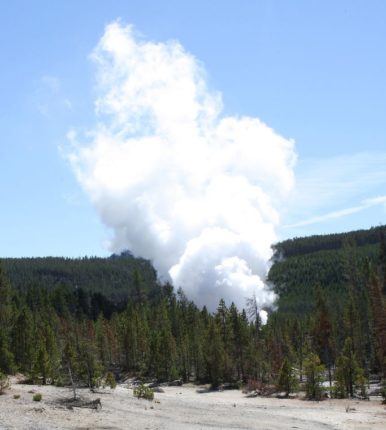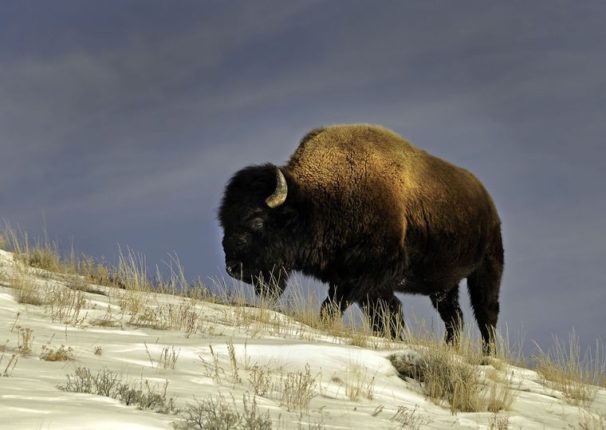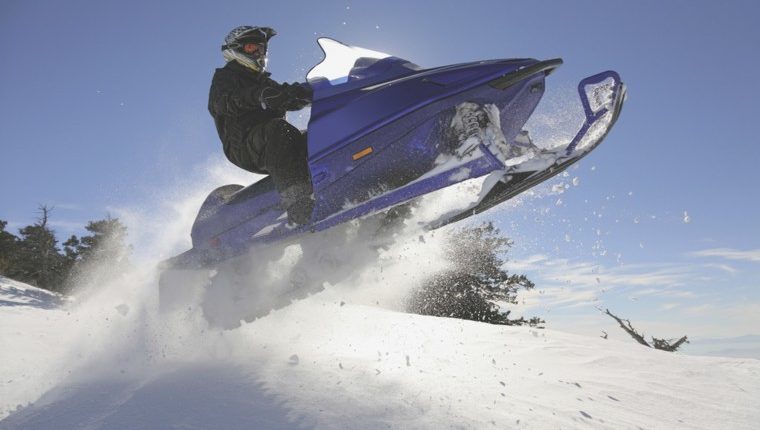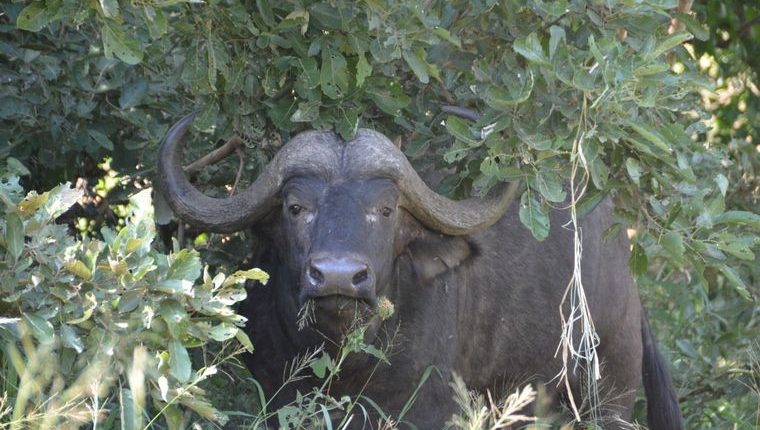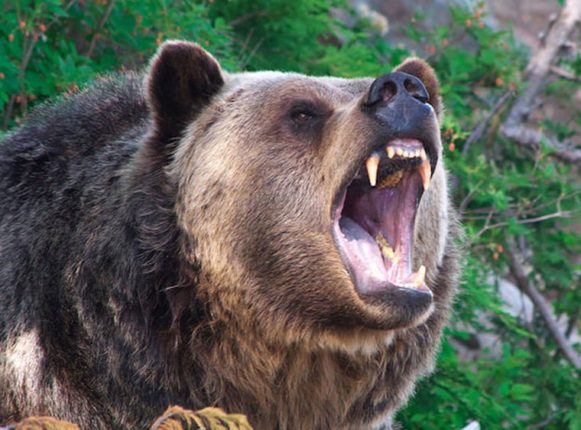BOISE — Josue Daniel Alfaro, also known as Danny Alfaro, also known as the “Great Outdoors Bandit,” 32, of Portland, Oregon, was sentenced recently in United States District Court to 63 months in prison, followed by three years of supervised release, for bank robbery and attempted bank robbery.
Chief United States District Judge B. Lynn Winmill also ordered Alfaro to pay $31,216 in restitution to the six victim banks and to forfeit $28,930 in unrecovered cash proceeds and $2,826 in recovered cash proceeds. Previously, on December 20, 2017, Alfaro pleaded guilty to Counts 1, 3, 5, 7, 9, and 11 of the indictment.
According to the plea agreement, Alfaro admitted to robbing and attempting to rob, the following banks on the following dates and in the following amounts:
-On December 21, 2016, the U.S. Bank at 10500 West Overland Road in Boise, Idaho for $3,174;
-On December 21, 2016, the Idaho Central Credit Union at 1615 South Celebration Avenue in Meridian, Idaho for $2,100;
-On March 24, 2017, the Bank of the West at 9140 West Emerald Street in Boise, Idaho for $3,469;
-On May 24, 2017, the Alpine Credit Union at 351 East 800 South in Orem, Utah for $12,736;
-On August 7, 2017, the Bank of the West at 9140 West Emerald Street in Boise, Idaho. Attempted robbery, no loss;
-On August 7, 2017, the Pioneer Federal Credit Union at 850 East Fairview Avenue in Meridian, Idaho for $9,637;
-On August 7, 2017, the Clarity Federal Credit Union at 555 South Meridian Road in Meridian, Idaho for $100.
According to the plea agreement, for each of the robberies, Alfaro obscured his face with a baseball cap and black sunglasses. He provided the tellers with notes demanding money. One of the notes, provided to the Idaho Central Credit Union on December 21, demanded $40,000 in large bills. Another note, provided to the Bank of the West on March 24, stated: “Give me money or I will shoot the teller next to you.” Yet another note, provided to the Pioneer Federal Credit Union on August 7, stated: “give me all of your hundred dollar bills, I have a gun.”
In total, Alfaro robbed $31,216 from the six banks and credit unions, whose deposits were federally insured.
According to the plea agreement, on August 13, 2017, Alfaro was arrested at Los Angeles International Airport attempting to board an international flight to Brussels, Belgium. In his carry-on bag, Alfaro possessed $2,826 in cash that he obtained from the robberies.
The case was investigated by the Federal Bureau of Investigation (Boise, Salt Lake City, and Los Angeles field offices), the Boise Police Department, and the Meridian Police Department.
